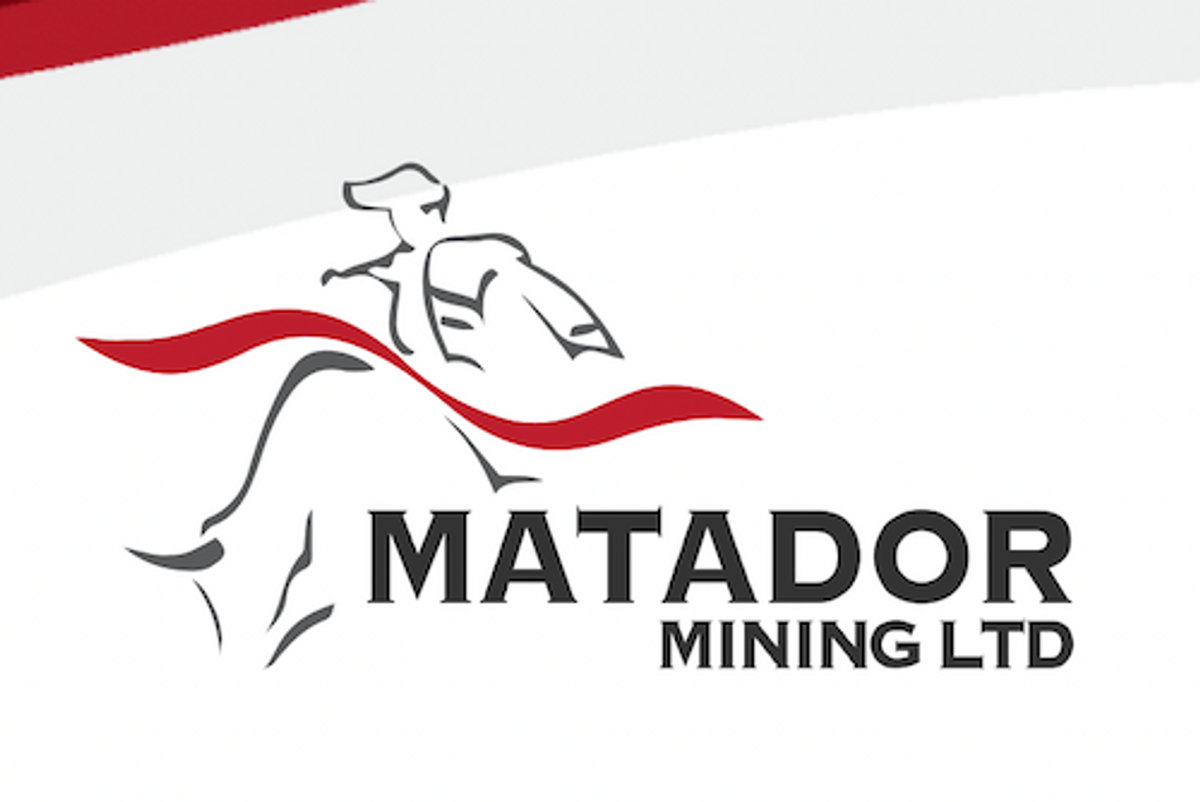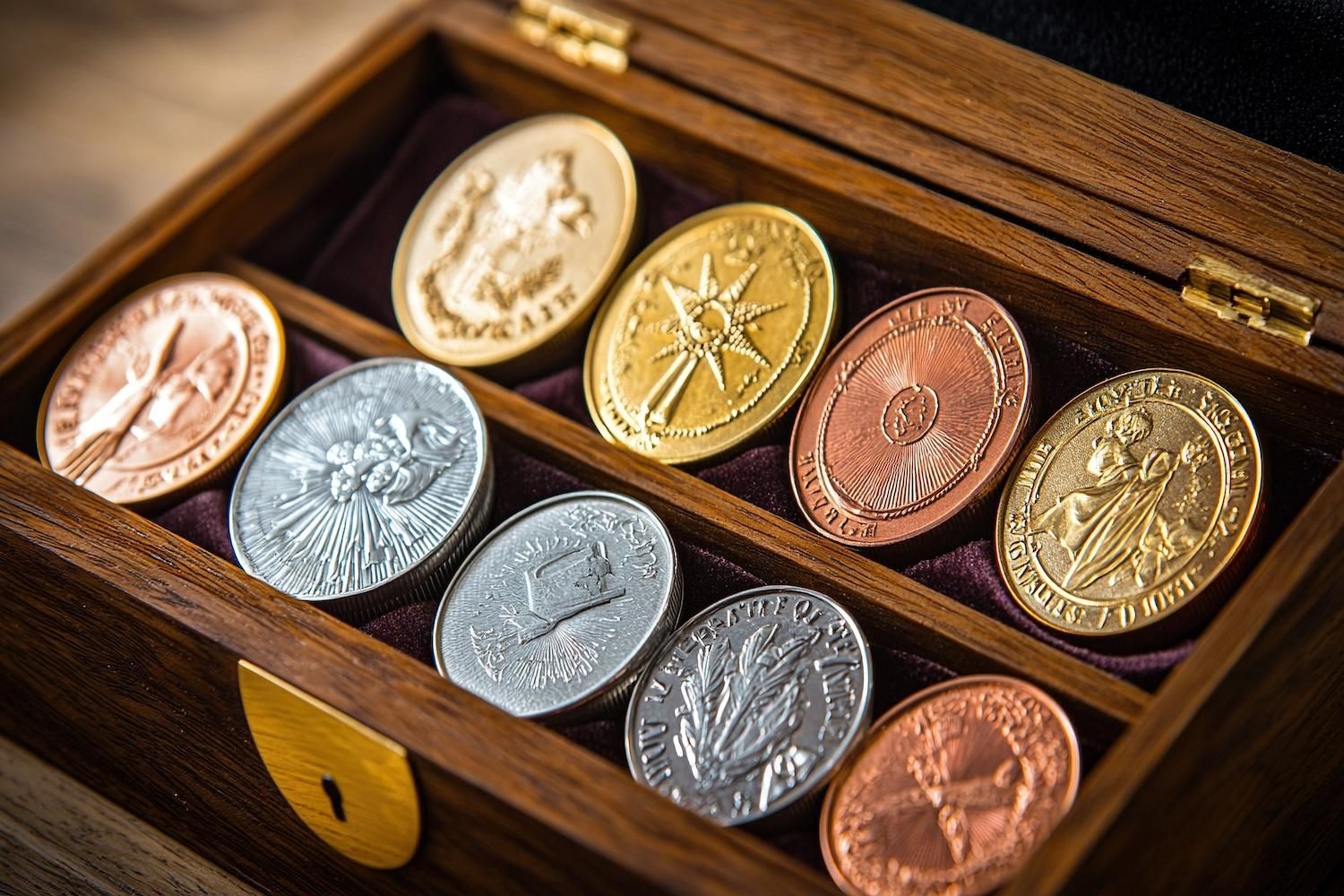
February 28, 2022
Matador Mining Limited (ASX: MZZ; OTCQX: MZZMF; FSE: MA3) (“Matador” or the “Company”) is pleased to announce infill assay results from diamond drilling completed in late 2021 for the Window Glass Hill (“WGH”) resource at the Cape Ray Gold Project (the “Project”) Newfoundland, Canada.
Highlights:
- Mineral Resource infill drilling at WGH has confirmed grade continuity, substantiating the robustness of the resource model
- Gold mineralisation remains open and untested in multiple directions at the south-west extremity of the 232,000 ounces WGH Mineral Resource, highlighting further opportunities for growth
- Holes drilled at the periphery of the resource returned better than expected mineralised intercepts, highlighting the potential for further lateral growth of the WGH MineralResource
- CRD265: 1 metre at 3.9 g/t Au from 24 metres and 2 metres at 5.7 g/t Au from 46 metres
- CRD315: 17 metres at 0.9 g/t Au from 7 metres and 5 metres at 1.1 g/t Au from 100 metres
- CRD293: 2 metres at 4.0 g/t Au from 126 metres
- CRD269: 6 metres at 1.5 g/t Au from 56 metres
- Winter drilling is progressing well at PW-East, currently focused on testing the newly identified three- kilometre north-eastern extension of the Window Glass Hill Granite (“WGHG”) immediately north of, and parallel to, the 526,000 oz Central Zone MineralResources
- Assays from 25 diamond holes from the 2021 program are expected in coming weeks
Matador’s Chief Geologist Warren Potma commented:
“The infill drilling within the WGH Mineral Resource is providing critical insights into the geometry and structural controls on gold mineralisation across the six-kilometre-long WGHG gold system. This recent drilling also confirms the continuity of mineralisation defined by the existing wider spaced resource drilling and is expected to contribute to increased future Mineral Resource classification confidence.
It is particularly encouraging to see good gold intercepts near the periphery of the current WGH Mineral Resource, reinforcing our belief in the potential for more gold to be hosted within the manifestly under-explored WGHG mineral system, where less than 15% of the six-kilometre-long WGHG has been tested by diamond drilling, despite widespread gold anomalism in rock chip and basement power auger geochemistry.
Click here for the full ASX Release
This article includes content from Matador Mining, licensed for the purpose of publishing on Investing News Australia. This article does not constitute financial product advice. It is your responsibility to perform proper due diligence before acting upon any information provided here. Please refer to our full disclaimer here.
MZZ:AU
The Conversation (0)
15h
Barrick Closes US$1.09 Billion Hemlo Sale as Wheaton Finalizes Gold Stream Deal
Barrick Mining (TSX:ABX,NYSE:B) has closed the sale of its Hemlo gold mine in northern Ontario to Carcetti Capital (TSXV:CART.H), completing a transition the company first announced in September and marking one of its most significant portfolio shifts this year.In a statement Wednesday (November... Keep Reading...
27 November
Aurum Completes $22.98M Montage Share Sale
Aurum Resources (AUE:AU) has announced Aurum completes $22.98M Montage share saleDownload the PDF here. Keep Reading...
27 November
Jay Martin: Big Money is in Silver, Sure Money is in Gold — Plus Copper Outlook
Jay Martin, CEO of VRIC Media, outlines the resource sector trends he's watching. He also discusses what he's doing with his money and shares details on the Vancouver Resource Investment Conference (VRIC), which is set to run from January 25 to 26, 2026. Register for VRIC. Don't forget to follow... Keep Reading...
27 November
From Gold Coins to Copper Tools: Unique Festive Gifts for the Metals Investor
With pumpkin spice in the air, thoughts are turning to the biggest event of the year… No, not the curling championships — Black Friday and the start of the gifting season.Here at the Investing News Network, our team aims to provide relevant information to help readers make informed investment... Keep Reading...
27 November
Centurion Minerals Ltd. Clarifies Late Filing of Annual Financial Statements and MD&A
Centurion Minerals Ltd. (TSXV: CTN) ("Centurion" or the "Company") announces that further to its November 14, 2025 news release regarding its application to the British Columbia Securities Commission (as its Principal Regulator) for a management cease trade order (the "MCTO"), the Company wishes... Keep Reading...
Latest News
Latest Press Releases
Related News
TOP STOCKS
American Battery4.030.24
Aion Therapeutic0.10-0.01
Cybin Corp2.140.00





